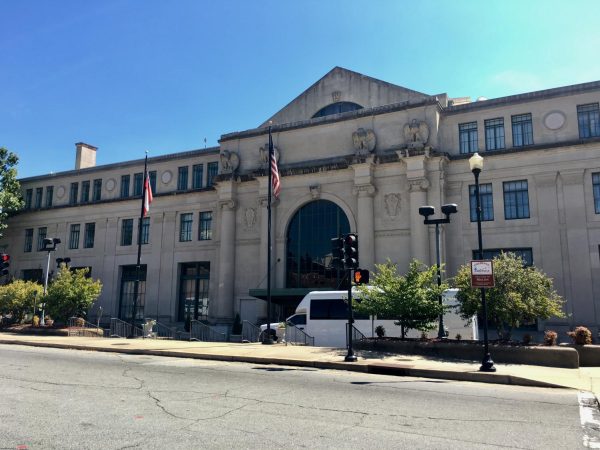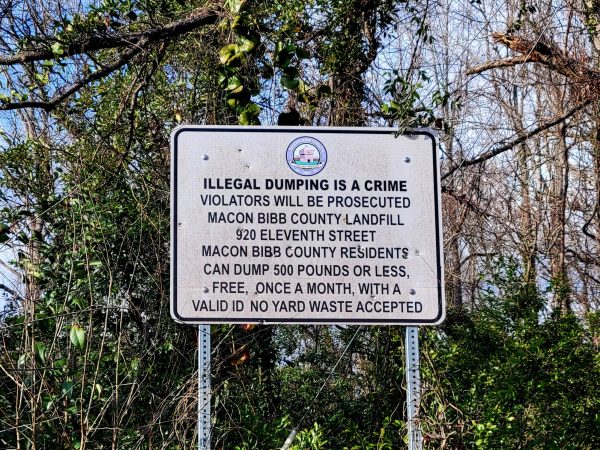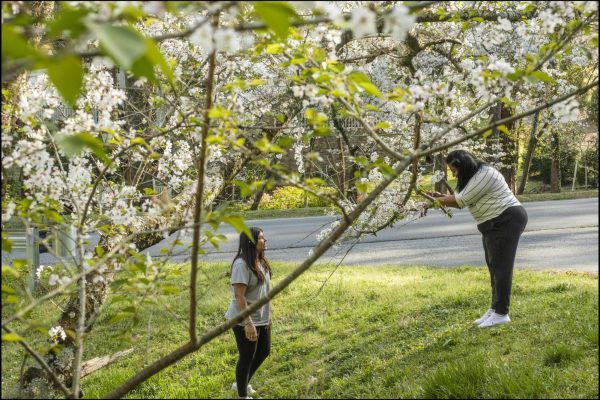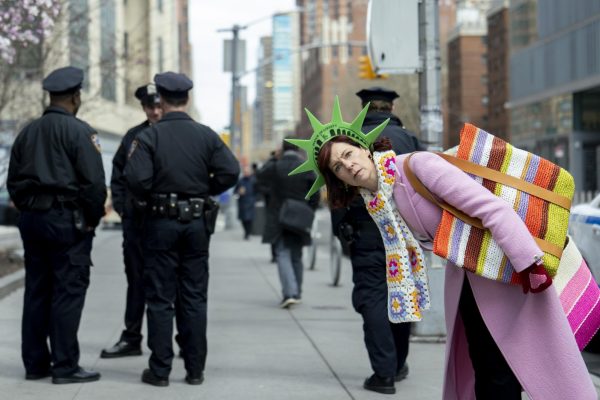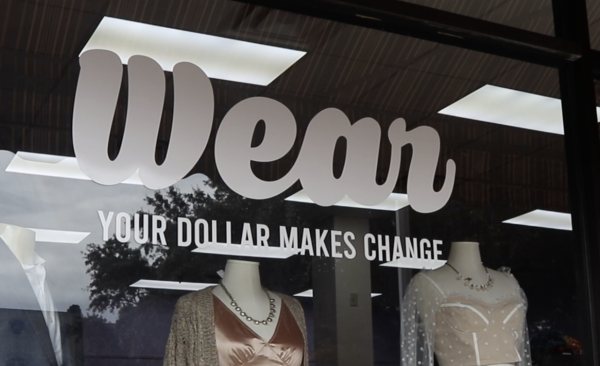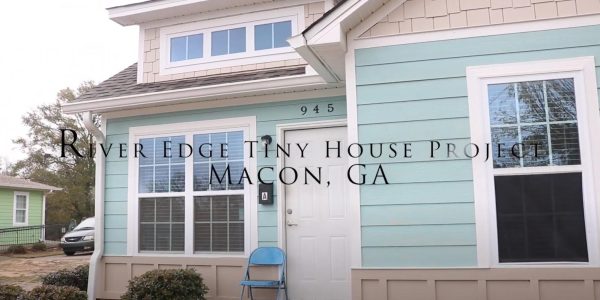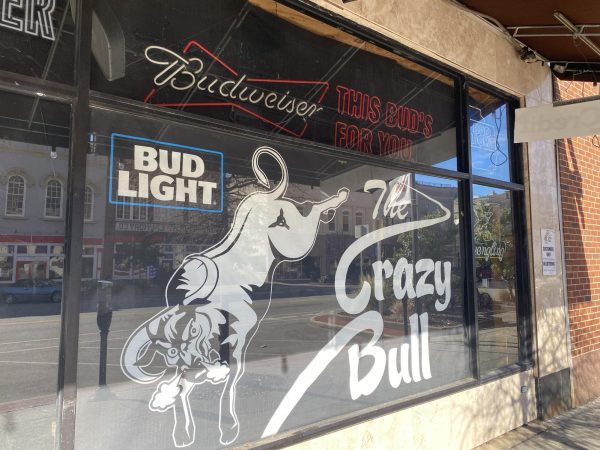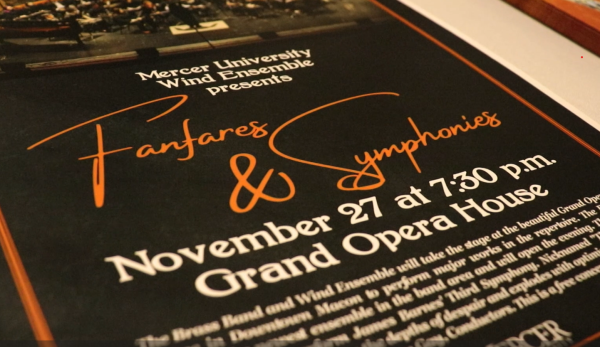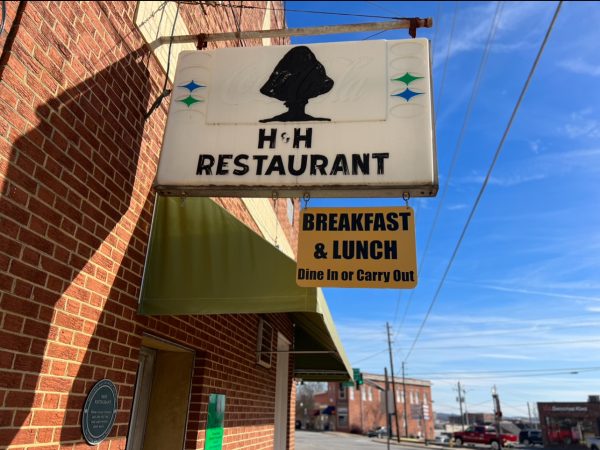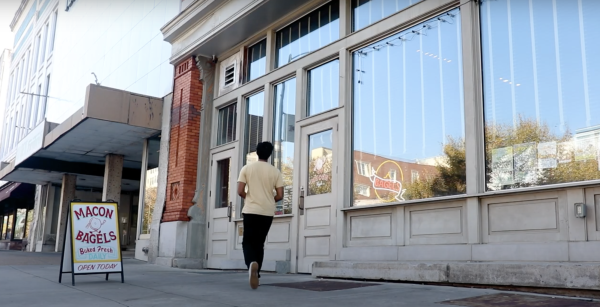The Conversation around Confederate Monuments Comes to Macon

Americans are re-examining the various statues and monuments around their hometowns that have ties to slavery and to the Civil War.
As of July 8, a resolution sponsored by Commissioner Virgil Watkins would require that the Confederate Monument on Cotton Avenue be moved to Whittle Park outside Rose Hill cemetery, according to an article by The Telegraph. The resolution will be brought before the Committee of the Whole on July 14 and are streamed live on the Macon-Bibb County Facebook Page.
The resolution describes the creation of the development of the Cotton Avenue Plaza which is a “continuation of the work that has been done on the Second Street Vision Block”
This language is important because there are so many restrictions around the removal of Confederate Monuments.
It is against Georgia law to remove, conceal or alter or obscure any Confederate Monuments in any way, except in the case of for their own protection or preservation. In 2019, the Georgia government instituted further protections for monuments that raised the penalties for those who deface them.
The resolution also states that the removal of the statue on Cotton Avenue is to protect it from future vandalism as had happened with this statue and many other Confederate Monuments across the country.
Other Macon residents have taken this conversation into their own hands.
The Block the Hate campaign that was started by local Macon artists put up a barricade around the Confederate monument on Cotton Avenue and encouraged other local artists to post positive messages and other images on the barricade walls.
In early June, Macon resident Laura Bell started a Gofundme campaign to raise money to remove the Confederate Statue on Cotton Avenue. As of early July the Gofundme has raised over its goal of $8,000.
Bell has compiled a timeline of events that chronicle not only that statue’s life in Macon and how it has been moved from facing south in 1878, to facing north in 1956. The significance of this move is that the statue on Cotton Avenue was formerly the site of a slave market 150 years before, according to Bell’s statue notes.
Bell says that she has received some push back for her campaign to relocate the statue but she has also found ways of helping others understand why it should be removed from Cotton Avenue.
“When I’ve got naysayers, there’s a lot, telling me that, why would you want to move in it’s part of history. When I tell them it was moved to the center of town right after the civil rights movement started they stopped because they realized that was a racist move,” Bell said.
Motivation for Bell for her to create the Gofundme extended past her feelings on the racism involved in the statue’s placement or even her friend’s suggestion but in a video she had seen on Facebook from a news broadcast in 1976.
The video is very difficult to watch for some viewers but it depicts a snapshot of the life of a black family after they moved into a majority white neighborhood. About three minutes into the video there is a scene where the little girls of the family are riding their bikes to the store while white residents yell slurs and throw rocks at them.
Bell was particularly struck by the indecency in the video.
“…That’s when we screwed up. That is when we had the opportunity during integration. We had the opportunity to do it right. And we screwed it up. And so now, 50 freakin years later is our opportunity to least show that was a mistake. How the white community treated the black community 50 years ago, which is in my lifetime, was a mistake. And I want to fix it,” Bell said.
Note: The map below includes symbols and monuments that have been removed. To view only the active symbols, uncheck the “Removed symbols” box.
Confederate monuments have been stationed in several parts of the country for a very long time.
A large spike in the creation of confederate monuments and markers happened during both Reconstruction (December 1863-March 1877), when African Americans were being largely disenfranchised under Jim Crow laws and into the 1920’s which saw a rise in activity by the Klu Klux Klan, according to the Southern Poverty Law Center (SPLC). There was also a second spike in confederate monument creation during the era of the Civil Rights Movement.
Discussions around the removal of Confederate monuments and markers have been happening since the Civil Rights Movement, according to Director of Africana Studies at Mercer University Chester Fontenot.
Fontenot believes that the continued presence of Confederate Monuments in public spaces is an act of violence.
“For black people to have to be confronted with this huge symbol of the state’s attempt to keep us as slaves that’s symbolic and psychological violence, no question about it,” Fontenot said.
According to a study conducted by the SPLC, there are at least 800 confederate monuments and statues on public property throughout the country and that the vast majority of those are in the South. The same study listed, that in comparison to 10 other states in the south, Georgia has far more monuments and statues totaling at 114.
“I think removing the statue in terms of the Macon-Bibb community would be a tremendous gesture of good faith. It would go a long way toward race relations and the perception that Macon is not a place that’s holding on to its slave legacy. To remove those statutes would be like a breath of fresh air,” Fontenot said.
In Bell’s statue notes she says that she wants to have the statue removed “to show future generations that, while it (the Confederacy) may have been our history, we don’t glorify it.”



